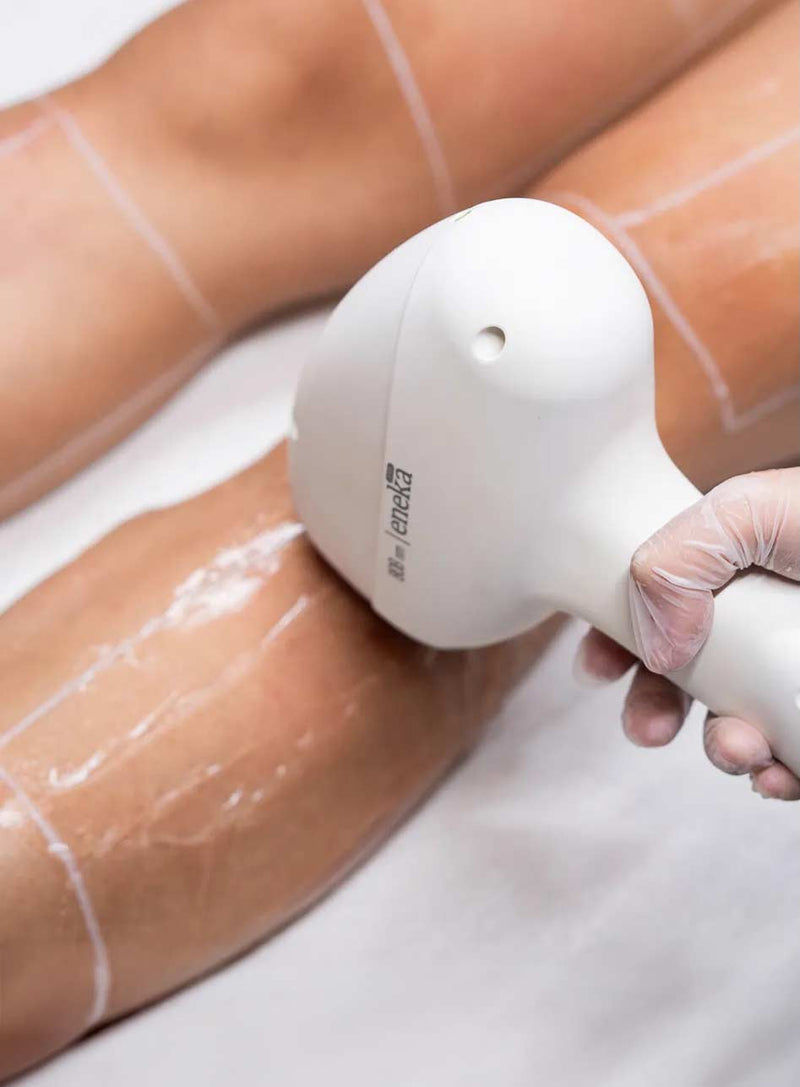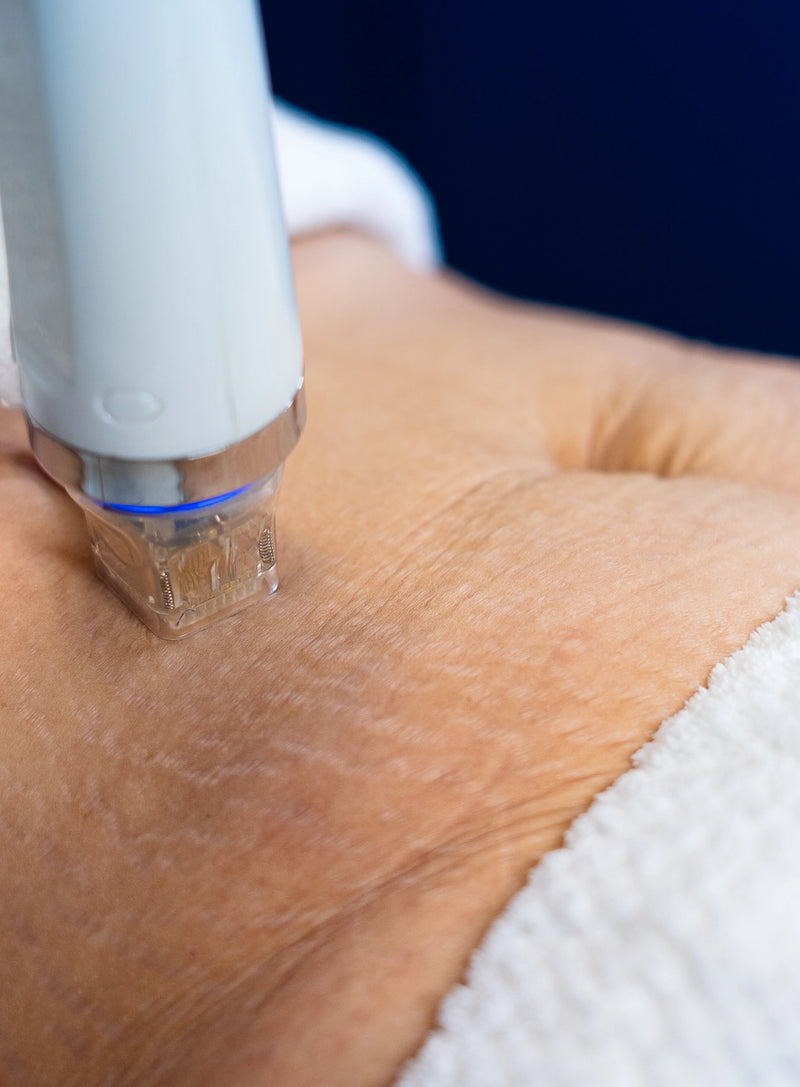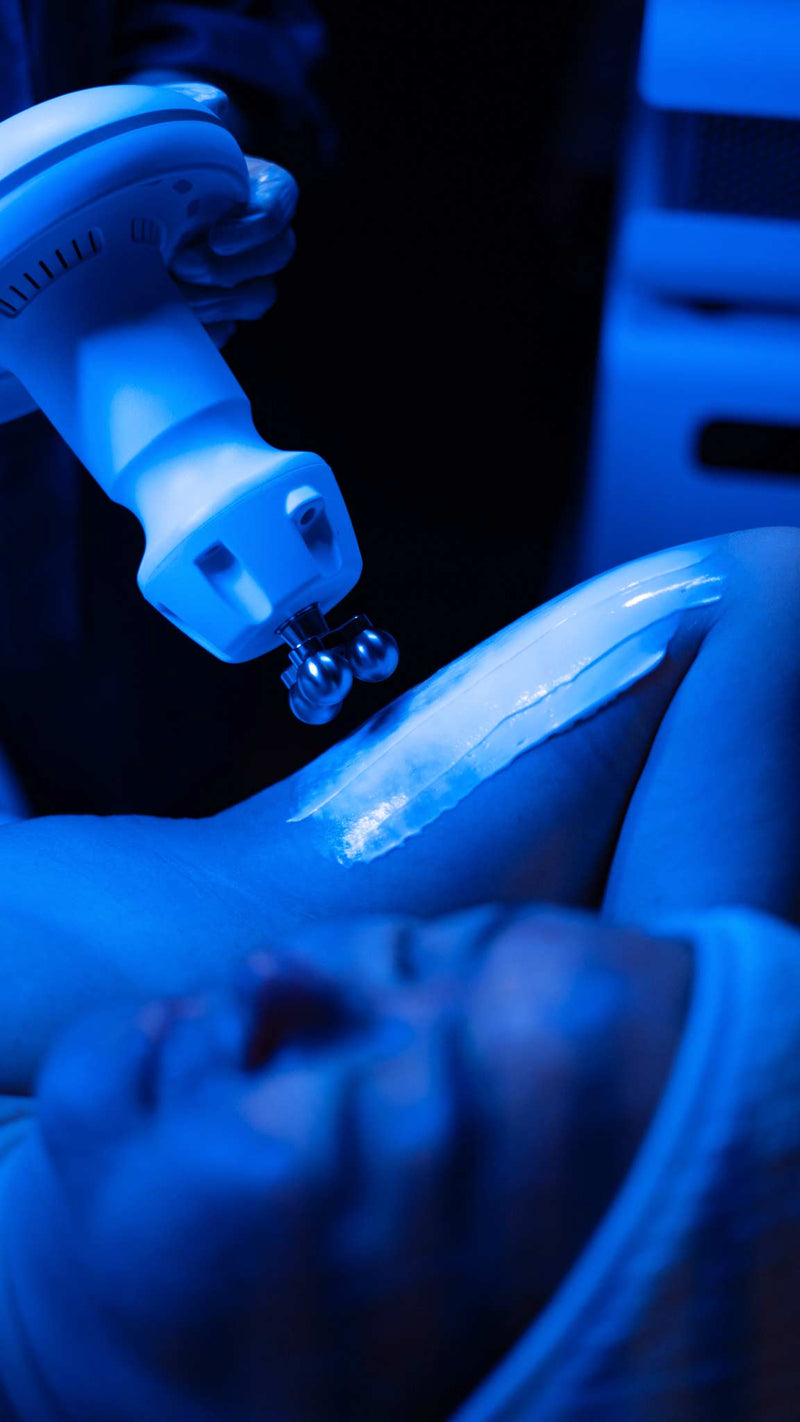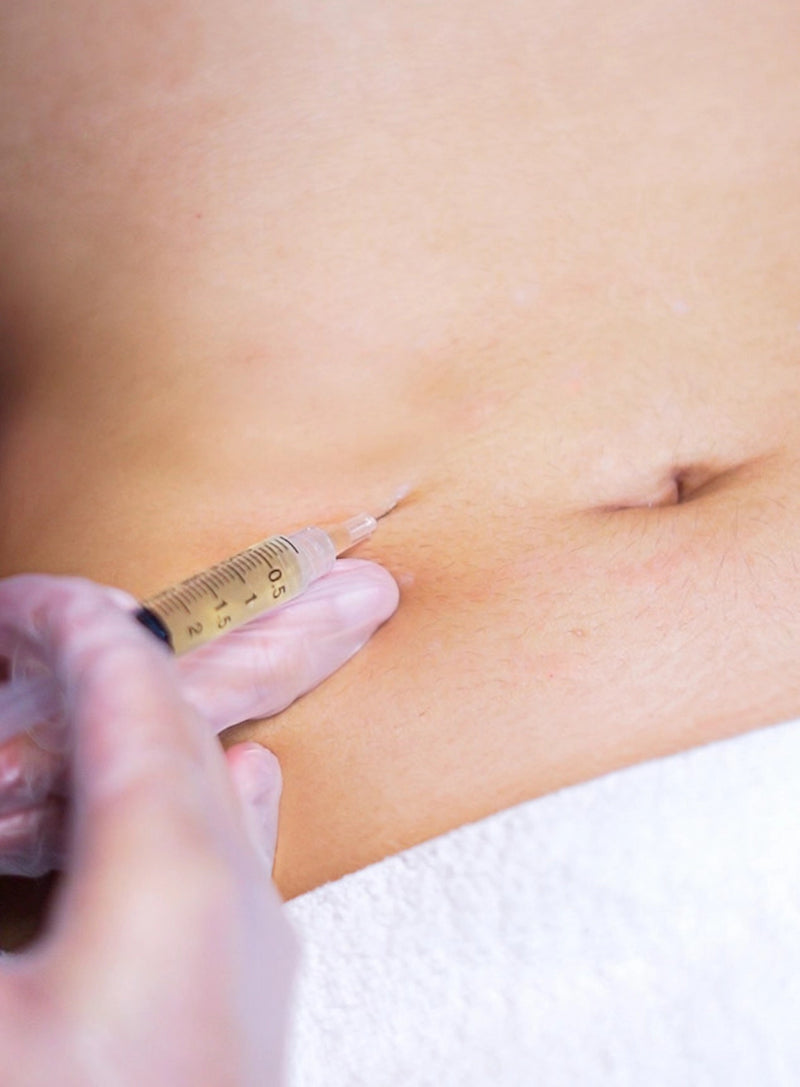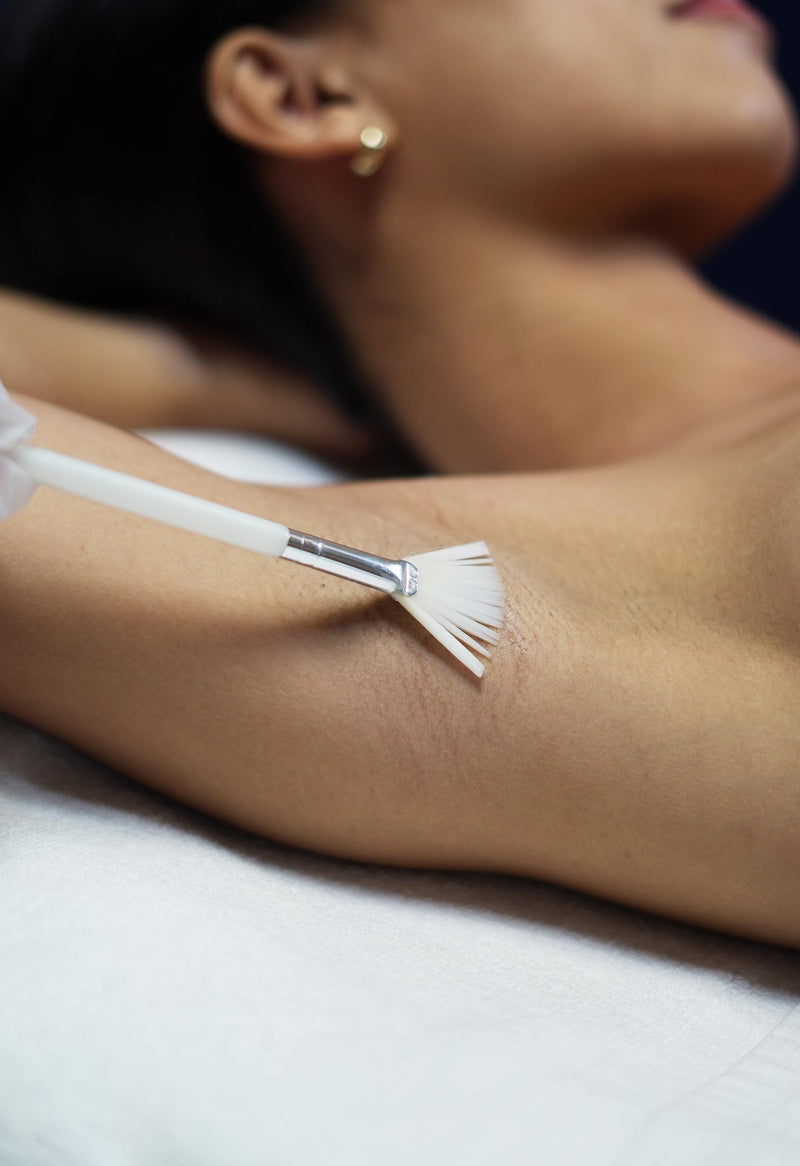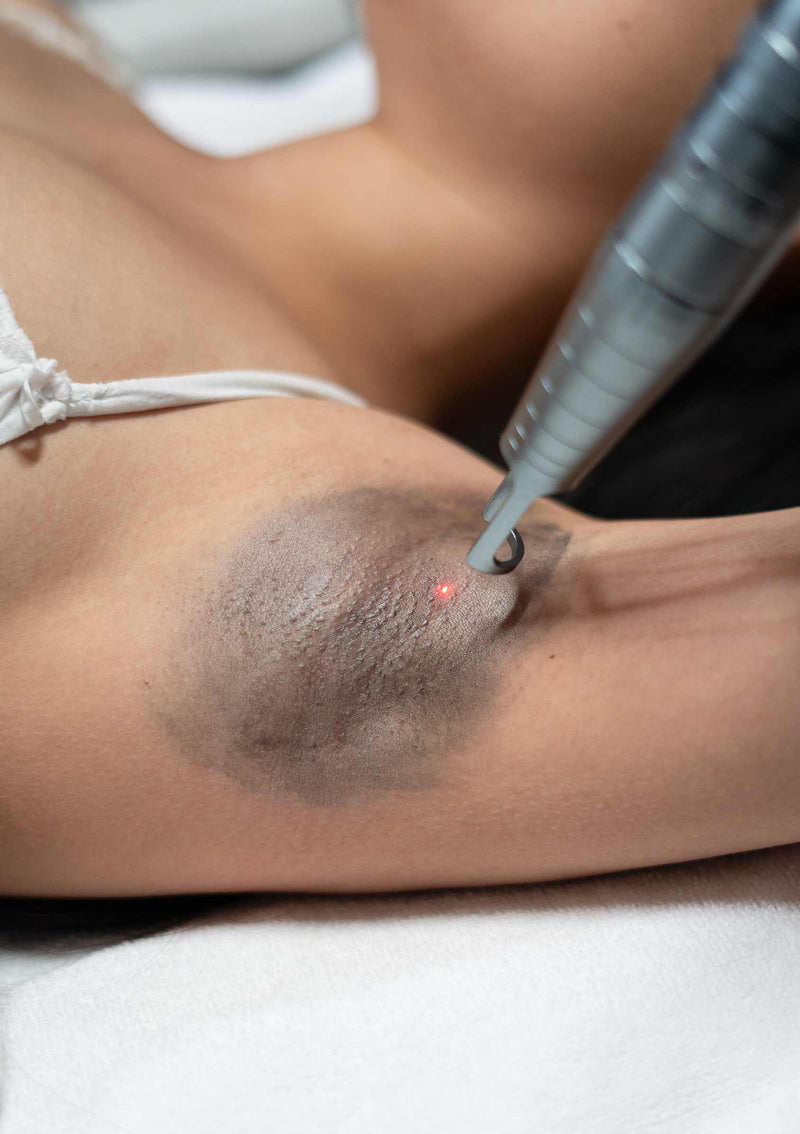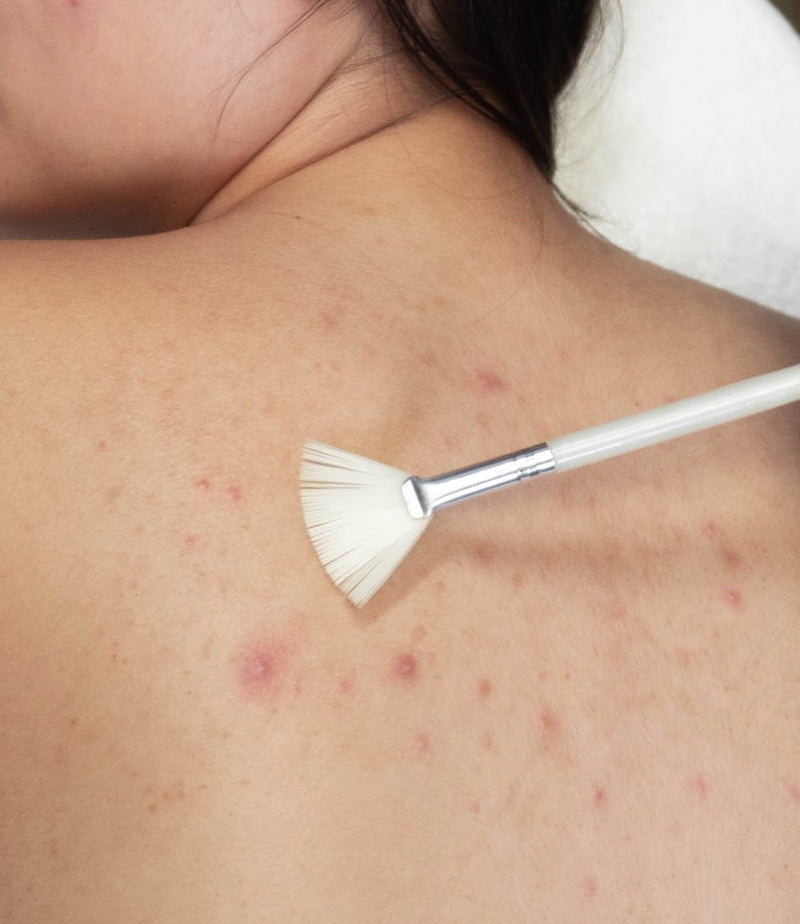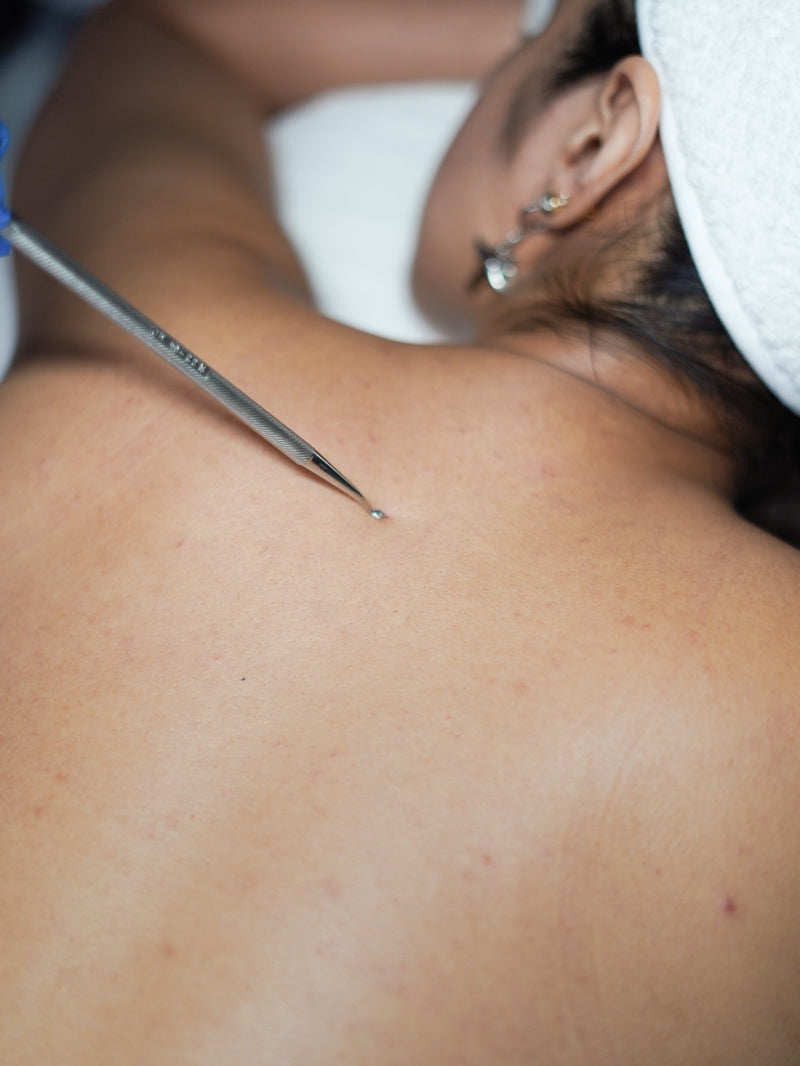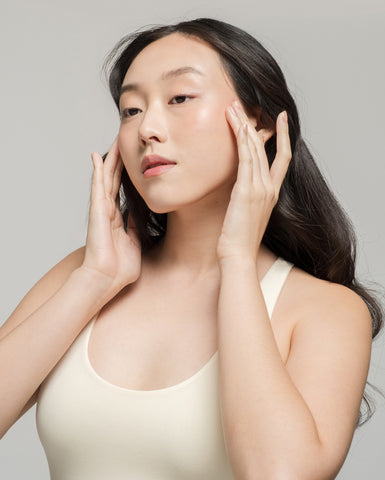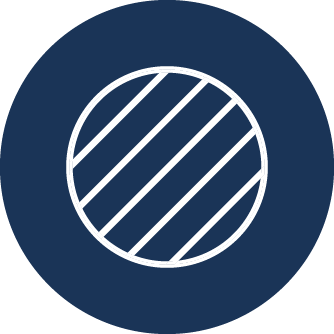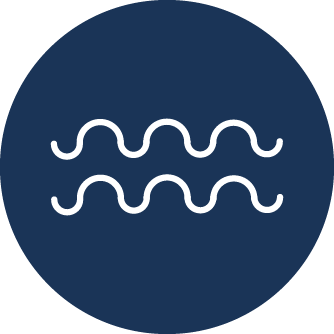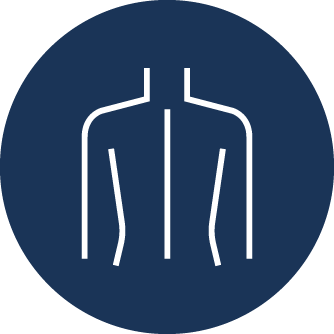Body and Skin Concerns
Your skin goes through a lot. From body acne and warts to tattoos you no longer want. Here’s how to manage and treat them the right way.
Chest and Back Acne
Body acne works just like facial acne, but it shows up in different places, like your chest, back, shoulders, buttocks, and even the scalp. It happens when oil, dead skin cells, and bacteria get trapped in your pores, leading to inflammation and breakouts. Because these areas have more sweat glands, friction, and exposure to tight clothing, they’re often more prone to irritation and harder to manage with over-the-counter products alone.
It’s commonly caused by:
- Genetics: If acne runs in the family, you're more likely to get it.
- Hormones: Changes during puberty, menstruation, pregnancy, or PCOS can trigger breakouts.
- Stress: Increases sebum production, leading to clogged pores.
- Diet: High-glycemic foods and dairy may contribute to breakouts.
- Comedogenic products: Heavy creams and oil-based skincare can clog pores.
- Medication: Steroids, lithium, diuretics, and some antidepressants may cause acne.
Treatments
- Topical: Salicylic acid, benzoyl peroxide, and retinoids help unclog pores and reduce bacteria.
- Oral: Antibiotics and isotretinoin are prescribed for moderate to severe acne.
- In-clinic: Extractions, chemical peels, cortisone shots, and laser therapy work well when paired with topicals.
Dark, Rough, and Chicken Skin
This concern often overlaps with two conditions: hyperpigmentation and keratosis pilaris (KP).
Hyperpigmentation
Dark patches often appear on the underarms, elbows, and knees due to:
- Friction from skin folds or tight clothing
- Hormonal changes or medications (e.g., birth control)
- Infections like eczema or fungal issues
- Irritants such as sun, harsh soaps, or fabrics
Keratosis Pilaris (Chicken Skin)
Small bumps on the backs of arms, thighs, or buttocks caused by keratin buildup blocking hair follicles. It’s harmless but can be irritating or rough to the touch.
Other Causes
Dark and rough skin can also result from dead skin buildup or abrasive hair removal. Conditions like eczema or psoriasis may worsen roughness.
Treatments
- Topical: Depigmenting agents (vitamin C, niacinamide, kojic acid, etc.), retinoids, salicylic or glycolic acid
- Oral: Tranexamic acid or glutathione to reduce melanin
- In-clinic: Chemical peels and laser therapy improve texture and tone
Tattoos
Tattoos are permanent because ink is injected deep into the skin. Factors that affect removal include:
- Ink type: Some pigments, especially metallic or colored inks, are harder to erase
- Location: Areas with low circulation fade more slowly
- Age: Older tattoos are easier to remove
- Skin type: Darker skin may be at higher risk for pigmentation changes
Treatment
- Laser therapy: Breaks down ink for gradual removal through the body’s natural processes
Warts
Warts are caused by the human papillomavirus (HPV) and spread via skin contact. They can appear alone or in clusters, and vary in size, texture, and color.
What affects wart treatment:
- Type: Common, plantar, or flat warts require different approaches
- Location: Hands, feet, and face can be harder to treat
- Size/quantity: Larger or multiple warts need more aggressive therapy
- Immune response: Weakened immune systems make warts harder to eliminate
Treatments
- Topical: Salicylic acid, cantharidin, or podophyllin soften warts and support immune response
- In-clinic: Cryotherapy, electrocautery, laser treatment, excision, and immunotherapy offer deeper, targeted solution
Unwanted Body Hair
Body hair is normal, but if it’s affecting your confidence or comfort, there are effective solutions for long-term reduction. The most common areas treated include the underarms, legs, arms, bikini line, chest, and back.
What affects treatment effectiveness:
- Hair type & color: Dark, coarse hair responds best to laser treatments
- Skin tone: Specific lasers are matched to skin tone for safety and results
- Hormonal factors: PCOS or hormonal imbalances may cause regrowth
- Consistency: Multiple sessions are needed for lasting reduction
Treatments
- Laser Hair Removal (Diode or Alexandrite): Targets hair follicles for long-term reduction
- IPL (Intense Pulsed Light): A gentler light-based option for hair thinning
Stubborn Fat and Cellulite
Even with diet and exercise, some areas of fat and dimpled skin don’t budge. These concerns are common on the abdomen, thighs, hips, and arms.
What affects fat and cellulite treatments:
- Fat type: Subcutaneous fat vs. visceral fat respond differently
- Cellulite grade: Mild (dimples when pinched) to severe (visible at rest)
- Skin laxity: Looser skin may require combined tightening approaches
- Lifestyle factors: Diet, hormones, and activity levels impact outcomes
Treatments
- Body Slim: Breaks down fat and tightens skin
- Zionic: Uses rotation and RF to target cellulite and sculpt contours
- RFM Abdomen: Boosts collagen and tightens the midsection
Chest and Back Acne
Body acne works just like facial acne, but it shows up in different places, like your chest, back, shoulders, buttocks, and even the scalp. It happens when oil, dead skin cells, and bacteria get trapped in your pores, leading to inflammation and breakouts. Because these areas have more sweat glands, friction, and exposure to tight clothing, they’re often more prone to irritation and harder to manage with over-the-counter products alone.
It’s commonly caused by:
- Genetics: If acne runs in the family, you're more likely to get it.
- Hormones: Changes during puberty, menstruation, pregnancy, or PCOS can trigger breakouts.
- Stress: Increases sebum production, leading to clogged pores.
- Diet: High-glycemic foods and dairy may contribute to breakouts.
- Comedogenic products: Heavy creams and oil-based skincare can clog pores.
- Medication: Steroids, lithium, diuretics, and some antidepressants may cause acne.
Treatments
- Topical: Salicylic acid, benzoyl peroxide, and retinoids help unclog pores and reduce bacteria.
- Oral: Antibiotics and isotretinoin are prescribed for moderate to severe acne.
- In-clinic: Extractions, chemical peels, cortisone shots, and laser therapy work well when paired with topicals.
Dark, Rough, and Chicken Skin
This concern often overlaps with two conditions: hyperpigmentation and keratosis pilaris (KP).
Hyperpigmentation
Dark patches often appear on the underarms, elbows, and knees due to:
- Friction from skin folds or tight clothing
- Hormonal changes or medications (e.g., birth control)
- Infections like eczema or fungal issues
- Irritants such as sun, harsh soaps, or fabrics
Keratosis Pilaris (Chicken Skin)
Small bumps on the backs of arms, thighs, or buttocks caused by keratin buildup blocking hair follicles. It’s harmless but can be irritating or rough to the touch.
Other Causes
Dark and rough skin can also result from dead skin buildup or abrasive hair removal. Conditions like eczema or psoriasis may worsen roughness.
Treatments
- Topical: Depigmenting agents (vitamin C, niacinamide, kojic acid, etc.), retinoids, salicylic or glycolic acid
- Oral: Tranexamic acid or glutathione to reduce melanin
- In-clinic: Chemical peels and laser therapy improve texture and tone
Tattoos
Tattoos are permanent because ink is injected deep into the skin. Factors that affect removal include:
- Ink type: Some pigments, especially metallic or colored inks, are harder to erase
- Location: Areas with low circulation fade more slowly
- Age: Older tattoos are easier to remove
- Skin type: Darker skin may be at higher risk for pigmentation changes
Treatment
- Laser therapy: Breaks down ink for gradual removal through the body’s natural processes
Warts
Warts are caused by the human papillomavirus (HPV) and spread via skin contact. They can appear alone or in clusters, and vary in size, texture, and color.
What affects wart treatment:
- Type: Common, plantar, or flat warts require different approaches
- Location: Hands, feet, and face can be harder to treat
- Size/quantity: Larger or multiple warts need more aggressive therapy
- Immune response: Weakened immune systems make warts harder to eliminate
Treatments
- Topical: Salicylic acid, cantharidin, or podophyllin soften warts and support immune response
- In-clinic: Cryotherapy, electrocautery, laser treatment, excision, and immunotherapy offer deeper, targeted solution
Unwanted Body Hair
Body hair is normal, but if it’s affecting your confidence or comfort, there are effective solutions for long-term reduction. The most common areas treated include the underarms, legs, arms, bikini line, chest, and back.
What affects treatment effectiveness:
- Hair type & color: Dark, coarse hair responds best to laser treatments
- Skin tone: Specific lasers are matched to skin tone for safety and results
- Hormonal factors: PCOS or hormonal imbalances may cause regrowth
- Consistency: Multiple sessions are needed for lasting reduction
Treatments
- Laser Hair Removal (Diode or Alexandrite): Targets hair follicles for long-term reduction
- IPL (Intense Pulsed Light): A gentler light-based option for hair thinning
Stubborn Fat and Cellulite
Even with diet and exercise, some areas of fat and dimpled skin don’t budge. These concerns are common on the abdomen, thighs, hips, and arms.
What affects fat and cellulite treatments:
- Fat type: Subcutaneous fat vs. visceral fat respond differently
- Cellulite grade: Mild (dimples when pinched) to severe (visible at rest)
- Skin laxity: Looser skin may require combined tightening approaches
- Lifestyle factors: Diet, hormones, and activity levels impact outcomes
Treatments
- Body Slim: Breaks down fat and tightens skin
- Zionic: Uses rotation and RF to target cellulite and sculpt contours
- RFM Abdomen: Boosts collagen and tightens the midsection
